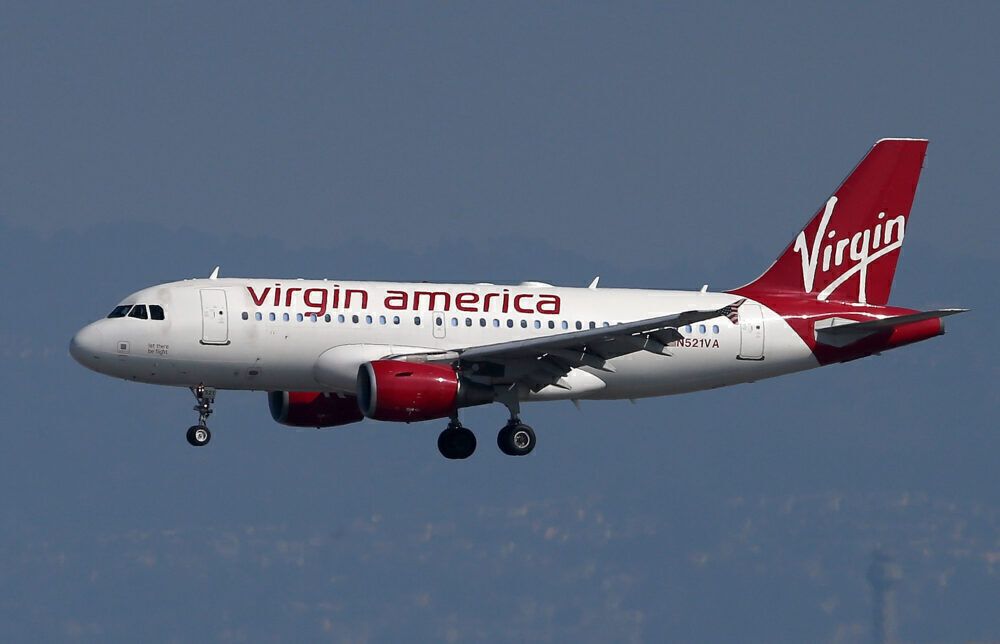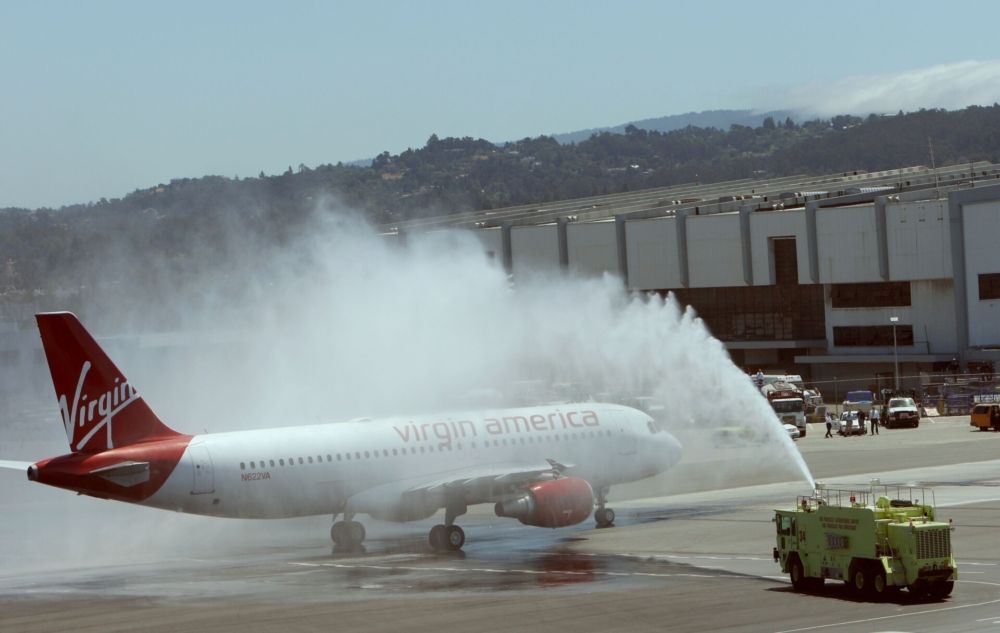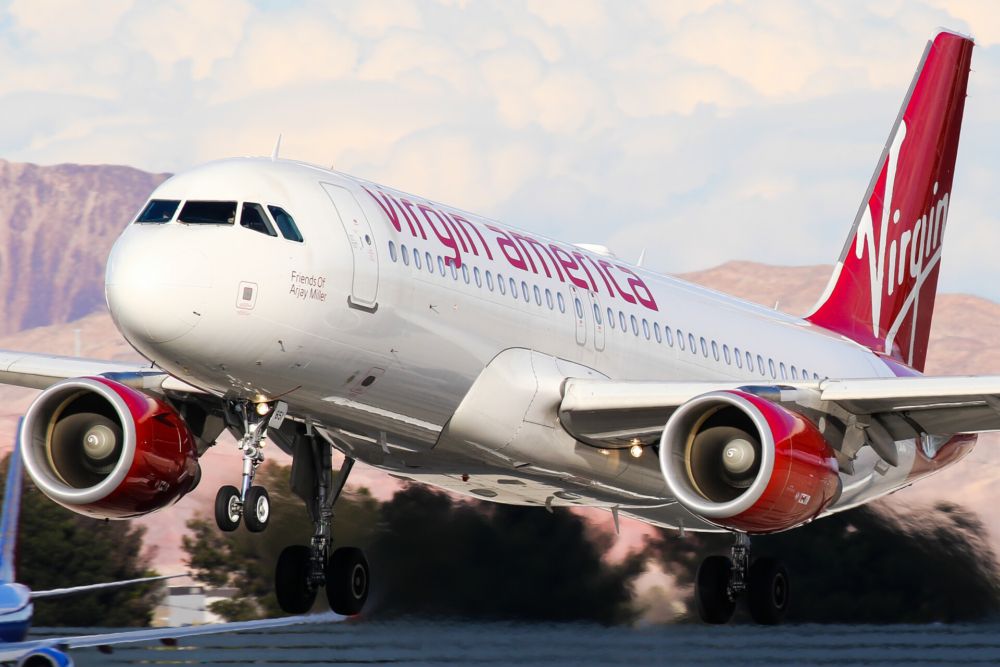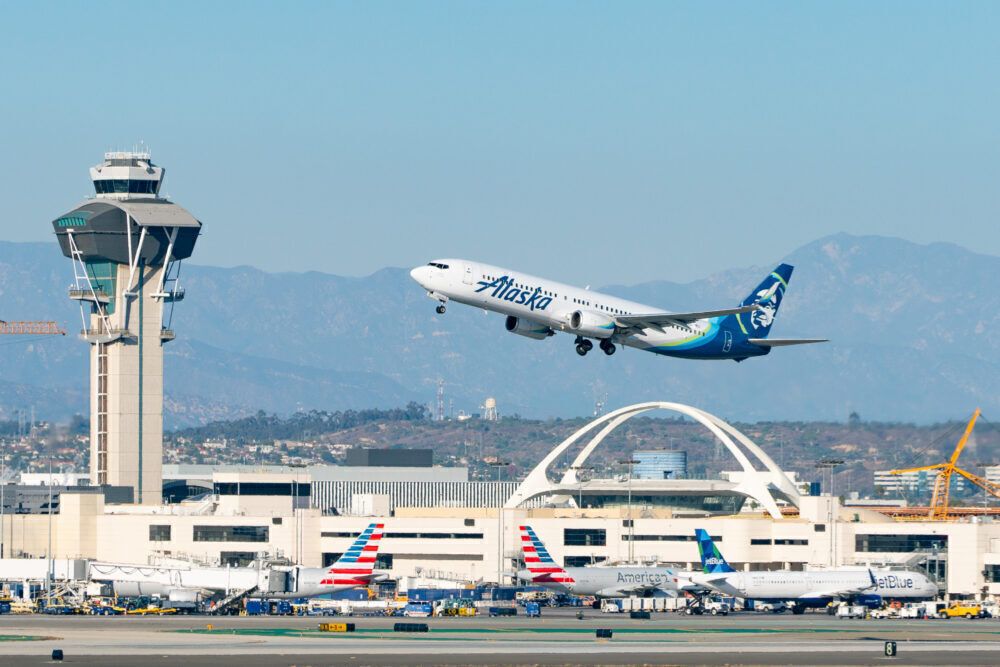Virgin America only started flights in 2007 and ceased service in 2018. It was an independent airline, branded with the Virgin group. It may only have operated for 11 years, but it was a popular and successful West-coast focussed airline. This west coast focus appealed to Alaska Airlines, which purchased Virgin America and integrated the airline into its brand in 2018.
Starting flights in 2007
In 2004, it became clear that Richard Branson and the Virgin Group intended to launch a US-focused airline. This was to be a low-cost airline (similar to Virgin Australia) focussed on the west coast, with its headquarters in San Francisco. Despite ambitions to quickly start flights, this was delayed. The Virgin group had difficulty securing funding, and in addition, there were delays in obtaining licenses due to objections from competing airlines and from labor unions.
After agreeing to revise the company structure and limit foreign ownership of the airline, an operating license was obtained in early 2007. Virgin America began flights on August 8th 2007, with the first flights between New York JFK and San Francisco and on the west coast from Los Angeles to San Francisco.
Expanding service and fleet
Virgin America expanded service over the following years, mostly around its west coast hubs at San Francisco and Los Angeles. It was also successful in establishing a smaller hub in Dallas, at Dallas Love Field airport. This followed the repeal of the Wright Amendment in October 2014, which had previously restricted destinations and operations at the airport. It mainly flew domestic services but also operated to Toronto, Canada, for a short while in 2010 and 2011, and to several leisure destinations in Mexico.
It also expanded its all-Airbus fleet. By the end of 2007, it had a fleet of 18 aircraft (13 A320ceo aircraft and five A319ceos). By the start of 2013, this had expanded to 52 aircraft (42 A320ceo aircraft and 10 A319ceos). And by the time of its merger in 2018, it operated 67 aircraft (53 A320ceo aircraft, 10 A319ceos and four new A321neos). This is based on fleet data from AeroTransport Data Bank (ATDB.aero).
The airline set itself apart in several ways. It was one of the earliest major adopters of social media marketing, taking on a full-time team as early as 2007 (Twitter for example only started in 2006). It was also the first US airline to offer WiFi onboard on every flight (operating through Gogo).
Merger with Alaska Airlines
In 2016, it was announced that Alaska Airlines would acquire Virgin America. There had also been interest from JetBlue. This came about as Alaska Airlines was trying to expand its west coast presence amidst growing competition from other carriers. Most notably, Delta Air Lines was expanding significantly out of Seattle. After some attempts to block the deal, it was approved in December 2016.
The deal was worth around $4 billion, including debt and aircraft lease agreements. At the time of the takeover, Virgin America had outstanding orders for the Airbus A321neo, which Alaska Airlines kept. Virgin America was, in fact, been the launch customer (through a leasing owner) for the A321neo in May 2017. However, some of Virgin America's leased A320s did make their way to scrapyards.
Virgin American continued to operate revenue flights until January 2018, when the operating licenses for the two airlines were combined. The Virgin America brand remained in use until late April 2018. On April 24th 2018, VX1948 was the final passenger service from San Francisco to Los Angeles. Virgin America was a popular airline for over a decade, and part of it lives on in Alaska Airlines. Did you work for the airline? Or do you have memories of flying? Feel free to discuss or share further in the comments.




